Are you looking to create a scalable website without spending lots of money? Do you want to understand how to scale your website with ease? This article has got you covered.
A scalable website is a critical investment for your business if you want to thrive online. But creating one comes with its fair share of costs and complexities. But what if there was a way to build scalable websites that are simpler and cheaper?
Here’s a breakdown of what we’ll walk you through:
- What are scalable websites, and why should you build one?
- The downsides of dynamic websites for scalability.
- The future-proof solution for a scalable website: a static website
- How to build or convert to a static website.
Let’s begin on the same page by first understanding a scalable website.
Run fast, secure, and maintenance-free WordPress with Static Studio.
What is a scalable website?
A scalable website is a website designed to handle an increasing number of users, traffic, and data. It does this without a significant drop in performance or needing a complete rebuild.
A scalable website is so important, especially when running a business. Regardless of the stage your business is in, you always want it to grow. When it does, your scalable website will automatically adapt its resources to meet the rising volume of users and user demands. You won’t have to worry about it slowing down or crashing.
Which components of your website are involved in scaling it?
When building a scalable website, several key components ensure your site can handle increasing traffic, data, and demands without compromising performance. Here’s what you’ll need to consider:
The foundation (infrastructure)
Think of this as your website’s foundation – it keeps everything running smoothly. It includes the servers, database, and network.
- Servers: These are like the engines that power your site. To handle more visitors, you can either:
- Get a bigger, more powerful engine (vertical scaling).
- Add more engines to share the work (horizontal scaling).
Cloud hosting providers like AWS, Google Cloud, or Azure make this easy by adjusting automatically as traffic grows.
- Database: This is where all your website’s data (such as user accounts, orders, or posts) is stored. As your site grows, you might need more storage space or ways to organize data better to access it faster.
- Network: This is how information travels between your website and your visitors. To make it faster for everyone, tools like CDNs (e.g., Cloudflare) can spread your website’s content worldwide so visitors can access the nearest version.
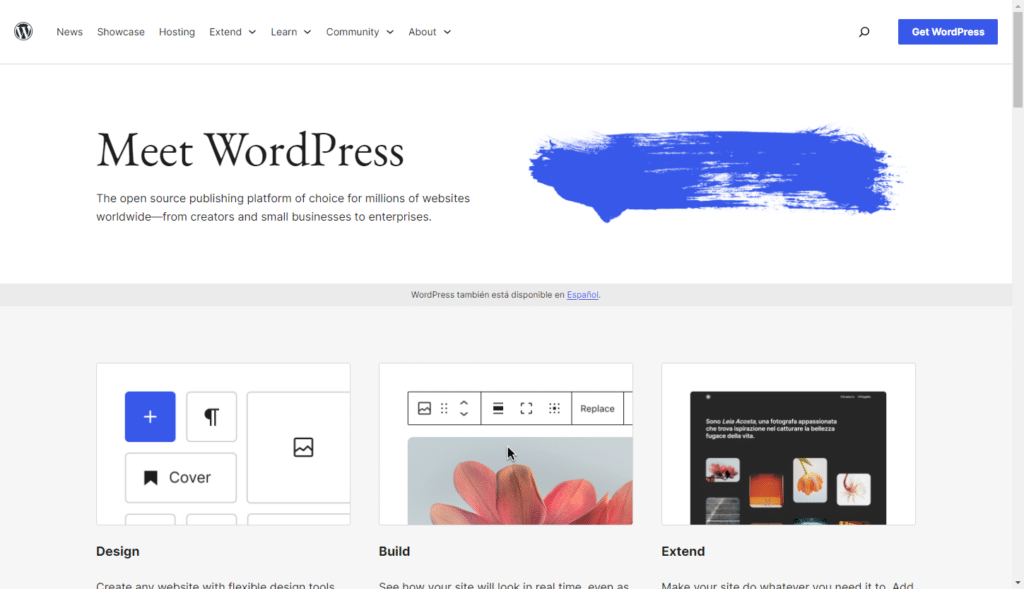
How your website is built (application layer)
How your website is set up behind the scenes makes a big difference. If it’s built flexibly, you can make changes or updates without breaking everything else.
- If you’re using a tool like WordPress, scalability might mean:
- Keeping plugins and themes optimized so they don’t slow down your site.
- Use hosting services that specialize in WordPress, which often handle the heavy lifting for you.
- Making your website static (we’ll talk about this later).
- Web applications vs. websites:
- A web application (such as an online store or a booking system) might require more detailed planning to be flexible.
- A website can focus more on things like speeding up loading times with caching or using multiple servers.

Keeping your website safe (security)
As your site grows, it becomes a bigger target for hackers and other threats. Here’s how to keep it secure:
- Firewalls: These act like guards at the gate, blocking bad traffic before it reaches your site.
- DDoS protection: This stops attackers from overwhelming your site by sending too much fake traffic.
- Encryption: This process locks up sensitive data (such as passwords or credit card details) so only authorized people can see it.
- Regular check-ups: Like you’d take your car for maintenance, your website needs regular security updates to stay protected.
The different types of scaling (scaling up vs scaling out)
You can scale your website in two ways:
- Vertical scaling (scaling up).
- Horizontal scaling (scaling out).
Vertical scaling is when you add more processing power to your servers to handle increased traffic and data transfer as your website grows. For example, you could add more CPUs, RAM, etc., to a single server or move to a server with a higher capacity.
On the other hand, with horizontal scaling, you add more servers to distribute work across them. Scaling up can be seen as strengthening one worker to complete more work. Meanwhile, scaling out involves adding more workers to do the same.
Which one should you pick?
It depends on what you want. If you only care about cost efficiency, vertical scaling would be suitable. Its upgrades are generally cheaper, and it is more straightforward.
However, if you want more flexibility in managing and upgrading your site, horizontal scaling is perfect for you. With horizontal scaling, you can use load balancing and sharding (powerful techniques for distributing traffic and data across multiple servers) to scale your website.
The difference between a scalable website and a web application
Customers who only visit your website’s front end don’t care about the difference between a website and a web application. But you, who want to scale your site, must understand the difference.
Sometimes, the terms’ websites’ and ‘web applications’ are used interchangeably. They don’t mean the same thing, but they work together.
Website vs. web application
- A website is typically static or content-focused. It provides blog posts, product descriptions, or company details. Think of it as the “front end” that users interact with.
- A web application is dynamic and functionality-focused. It handles tasks that require user interaction or processing, such as logging in, managing a shopping cart, or processing orders.
These terms are often used interchangeably because they often work together. Most modern websites rely on web applications for critical functions.

How they work together
If you have an ecommerce website, the web application powers the features that make it functional, such as:
- Cart functionality: Adding, removing, and updating products.
- Checkout process: Collecting payment and shipping details.
- Order management: Keeping track of orders and their status.
Without these dynamic components, your website would just be a static catalog of products.
Standalone web applications
Web applications can also exist independently of websites.
Examples include:
- Google Workspace: A collection of web apps like Google Docs, Sheets, and Gmail.
- Netflix: A web app that provides video streaming and personalized recommendations.
Web apps and websites are scaled differently
Websites and web apps are scaled differently. With websites, we’ve mentioned how you can scale a website by upgrading its servers, storage, and network.
Scaling web apps is different. To create a scalable web application, you’ll need to focus on things like:
- It’s API: APIs (Application Programming Interfaces) allow web apps to communicate and share data with other systems or services. To build a scalable web app, you’ll need a robust and scalable API that can handle increasing requests and interactions without slowing down.
- It’s application architecture: The architecture of your web app plays a crucial role in scalability. There are two main types:
- Monolithic Architecture. This is when your web app is built as a single, unified unit. While more straightforward to develop initially, monolithic apps are harder to scale because any changes or upgrades often require updating the entire application.
- Microservices Architecture. This breaks the web app into smaller, independent components (or modules) that work together. Each module can be updated or scaled separately, making microservices better suited for handling growing user demands.
With microservices, you separate the application into smaller units (sometimes called modules) that make up a single application. Microservices are better for scalability because a monolithic app requires constant changes to accommodate new user demands.
So now we’ve got all the definitions out of the way. Let’s move on to why you should create a scalable website.
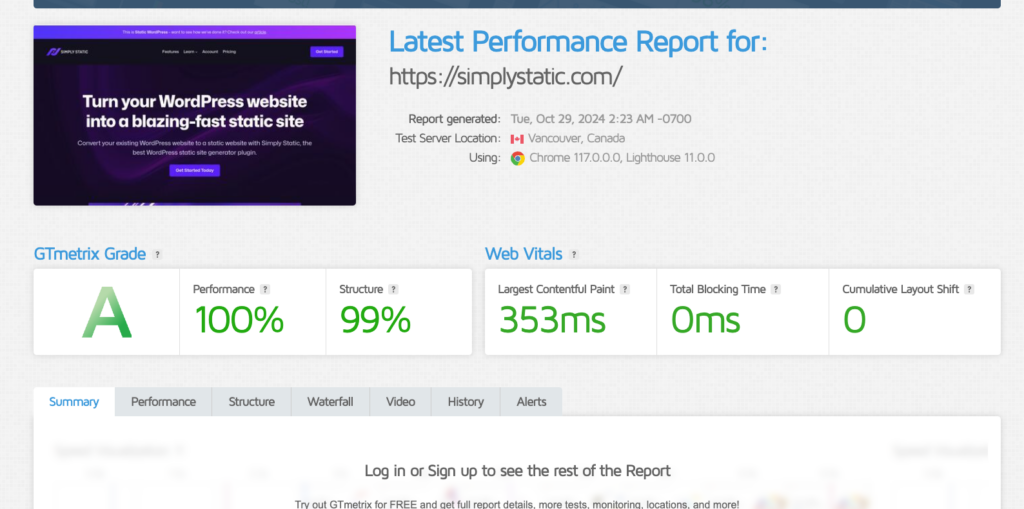
Why building a scalable website matters
Whether you have a startup or an established business, you should create a scalable website. Putting off scalability for later when creating your website isn’t something you can entertain.
If you have expectations for your business’s future growth, you have to create a scalable website. This type of website will be able to:
Handle traffic spikes seamlessly
Traffic spikes refer to a sudden increase in people accessing your website. Suppose you have an ecommerce website. A traffic spike could happen when you have a limited-time sales promotion.
If your website isn’t scalable, this high traffic will cause it to slow down or even crash. A recent cart abandonment study reveals that 17% of online shoppers abandon a purchase if a website has errors or crashes.
This means a website that doesn’t scale is a serious revenue bottleneck. Fortunately, with a scalable website, you don’t have to worry about this. It will automatically pull the resources it needs to support traffic spikes in real-time.
Support your business’s growth
Traffic spikes aside, your site could get more traffic, users, and data because your business has grown. More customers are creating accounts and transacting with your business.
Again, if your website isn’t scalable, it will slow down because it lacks the resources to handle these new user demands. A slow website hurts your conversion rates.
Google research shows that when loading times increase from 1 to 3 seconds, the probability of a bounce increases by 32%.
A scalable website will adapt its performance to accommodate these new customers. They’ll have a seamless user experience regardless of where they access your website.
Give you a competitive advantage
With a scalable website, you’ll be better equipped to handle changes in the market. If the demand for your products or services goes up, you don’t have to worry about downtime because your website will be set up to handle these changes.
Give you better opportunities for growth
Scalable apps built with a microservices architecture are easier to update. Let’s say you want to add new features to a specific web app. You can do this without pulling the whole website down. This makes it easier to grow your website’s functionality and serve your users better.
Today, most websites are dynamic or have some form of dynamic content. While dynamic content is great for making websites interactive, it presents scalability challenges. In the next section, we will examine these challenges.
The downsides of dynamic websites for scalability
A dynamic website is a type of website whose content isn’t fixed. It displays different content to users depending on their location, settings, preferences, etc. As such, its web pages aren’t prebuilt and stored, but rather generated ‘on the fly’.
So how does it work?
When a user clicks to view a dynamic website, the server pulls information from one or more databases to generate the page’s code. Once the page is created, it is shipped back to the user’s browser.
Dynamic websites make use of server-side scripting languages like PHP. They combine this with front-end web development languages such as HTML, CSS, and JavaScript, but most work happens in the back end.
The way dynamic websites work poses challenges for scalability in the following ways.
High server load
Every time a user clicks to view a web page, the server calls on the database to generate the code to create the web page. Then, the server has to ship this web page back to the user’s browser.
When users view a dynamic web page, there is a lot of server activity. Because of this, servers could become overwhelmed and even crash during high traffic.
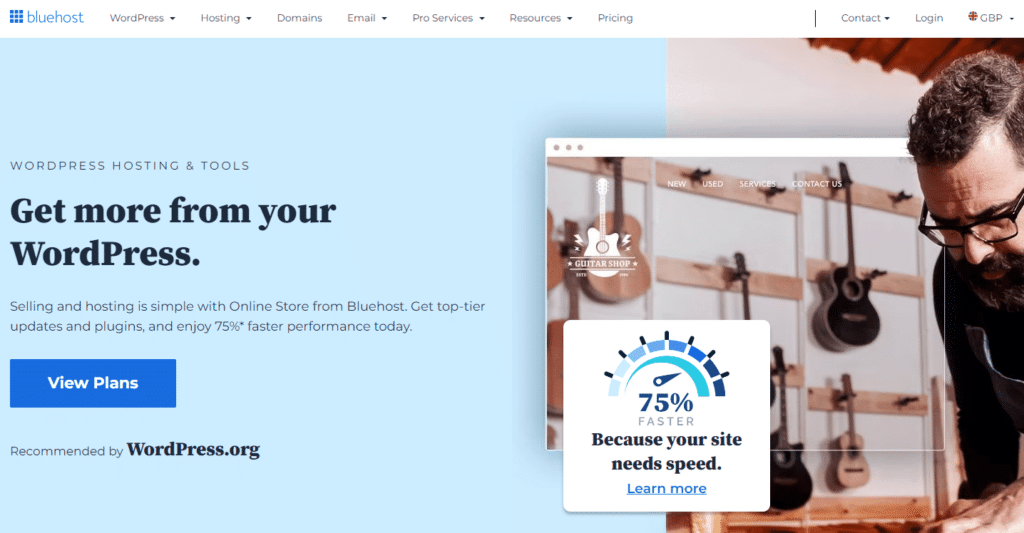
Upgrades can be costly
To scale your website, you typically have to upgrade your resources. This involves paying for higher storage space, network bandwidth, and or a dedicated server. In short, you’ll have to pay more expensive hosting plans from your cloud services provider to have the resources you need to scale.
Some hosting providers overengineer these plans with too-advanced server setups, then surprise you with an invoice for overusing the servers.
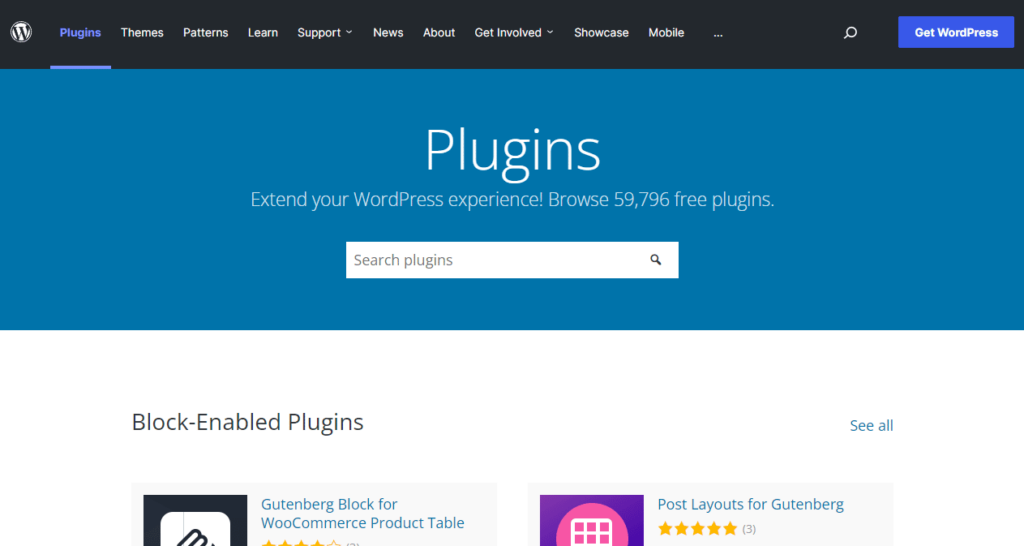
Complex maintenance
Dynamic websites are complex to maintain because they require regular database optimizations to work well.
This includes:
- Performing regular backups so that you don’t lose your data.
- Optimizing for performance, for example, by caching.
- Indexing, etc.
These optimizations apply to all databases, including relational (MySQL) and non-relational (NoSQL). They are quite complex, and they require some technical expertise to complete.
They pose more security risks
Dynamic sites depend heavily on databases, the components most targeted by cybercriminals. One study found that 60% of compromised websites contain at least one backdoor, often linked to the database.
There are numerous types of attacks against databases, including:
- SQL injections.
- Brute-force attacks.
- Cross-site scripting, etc.
Cybercriminals have their pick of what type of attack they can use to attack your dynamic site’s database. This means you’ll have to grapple with securing your website at all times.
Slower load times
Generating web pages ‘on the fly’ takes time. Remember that the server has to call on the database to generate web pages and then send them back to the browser. While this takes milliseconds when you have a few users, if the traffic goes up, it strains your server.
Its CPU could struggle to handle all these requests and data transfers, leading to increased latency.
In other words, the whole process will slow down. Dynamic websites are prone to slowing down under heavy traffic, severely harming users’ experiences.
Dynamic sites make scaling harder and more expensive than necessary. Therefore, it makes sense to look for an alternative to scaling your website. Making your website static is a cheaper and simpler option.
Run fast, secure, and maintenance-free WordPress with Static Studio.
The future-proof solution for a scalable website: a static website
Contrary to dynamic sites, static sites have fixed content. Anyone accessing a static site from anywhere will see the same content. This is because static sites are prebuilt and stored on a server or content delivery network (CDN).
Once a user clicks to view the website, the server fetches and delivers the site’s files to the user’s browser as they are. This doesn’t alter anything, so every user sees the same content.
Although static sites have fixed content, that doesn’t mean they can’t be interactive. Using CSS and JavaScript, you can still add clickable links and buttons, videos, forms, and animations.
The way static sites work is great for scalability because of the following reasons.
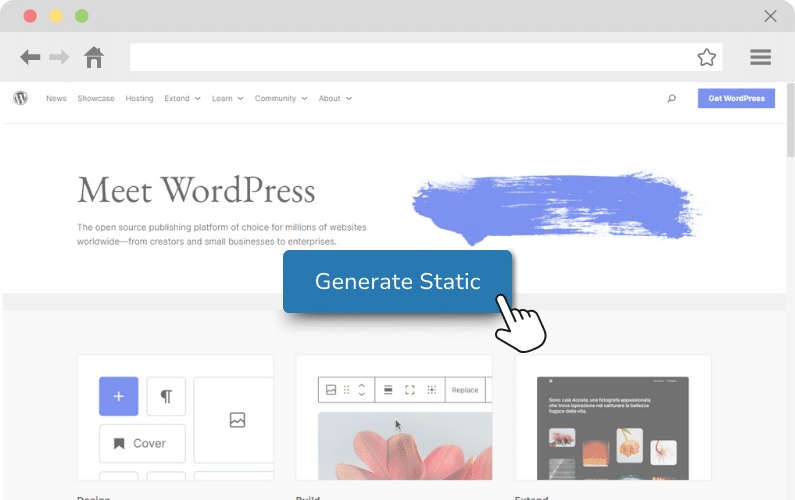
1. Faster performance
Static sites are built for speed and performance. They are faster than dynamic websites on the user’s end because they require minimal back-end processing to display on the user’s browser.
The server only needs to fetch the prebuilt files and deliver them to the user’s browser as they are. This process is so much faster than having the server pull resources from one or more databases to create a web page and send it back to the user’s browser.
This is why static sites typically have faster load times than dynamic sites.
How will this impact your users?
Your users will have a great browsing experience regardless of where they access your website. User experience aside, a fast-loading website is also great for SEO. Search engines like Google now favor fast-loading websites.
With a high SEO ranking, you can attract more users through organic search and grow your business further.
2. Low server load
Static sites have low server load because they require limited back-end processing to display. In other words, the server has to do less work to have them displayed on the user’s browser.
Let’s look at an example to compare server load in static and dynamic sites. Suppose a user clicks to view an About Us page.
In the dynamic site, the server has to:
- Execute server-side code to process the request.
- Query the database for relevant content.
- Assemble the response dynamically.
- Send the generated page to the user.
Each step uses the server’s memory, CPU, and other resources. In contrast, with a static site, the server only has to retrieve the static files and deliver them to the user’s browser.
This process is completed with minimal server computation. Static sites have a simple, scalable architecture that allows servers to handle more requests easily.

3. Cost-effective hosting
It’s cheaper to host static sites compared to dynamic sites. This is because static sites have more straightforward requirements, and they use fewer server resources. They don’t need server-side processing or databases, so you don’t have to pay for this from your hosting provider.
You can host static sites on low-cost or free platforms
Static sites don’t require a lot of back-end processing. This is beneficial because you can use cheaper or low-cost hosting providers.
Static sites focus mainly on the front end, meaning you can host them for free on platforms such as:
- GitHub Pages.
- Vercel.
- Netlify.
With dynamic sites, you would have to pay more since back-end processes require a database and more server resources.
You can scale your site at no additional cost
Even with basic resources, a static site’s server can handle traffic spikes. You don’t need additional memory or server resources to meet the rising user demands.
4. Enhanced security
Earlier on, we covered how the back end, specifically the database, is the part of the website most cybercriminals target. This is something you don’t need to worry about when you have a static site because a static site doesn’t need a database to work.
This means that you’ve eliminated a common cyberattack target. Hackers must do better than SQL injections or server exploits to breach your website, which isn’t easy.
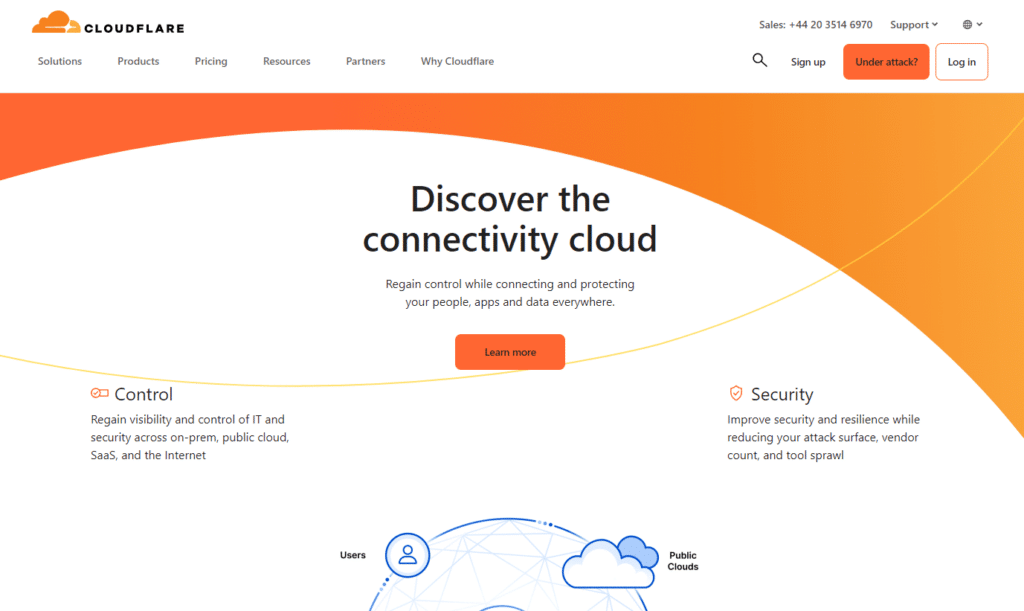
5. Easy to scale globally
You can store your static website’s content on a CDN and allow users across the globe to experience fast load times. A CDN is made up of a group of servers distributed all over the world.
Is a CDN the same as a web host? No, it isn’t because a CDN doesn’t necessarily host your website; it caches it. It stores static copies of your website across its network of distributed servers.
When a user clicks to view your site, it will be loaded from the server closest to them. This means your site’s files travel a shorter distance to reach your user’s browser, which speeds up the website’s load time.
6. Easy maintenance
Because of their simple setup, static sites are easier to maintain. Nine times out of ten, you only maintain what the user sees on the front end.
With a static site, you’ll be free from:
- Database optimizations such as regular backups and indexing.
- Maintaining server-side code.
This frees you up to focus on the user interface and make it as appealing as possible to your users.
Now that we know how static sites are great for scalability let’s look into how to build one.
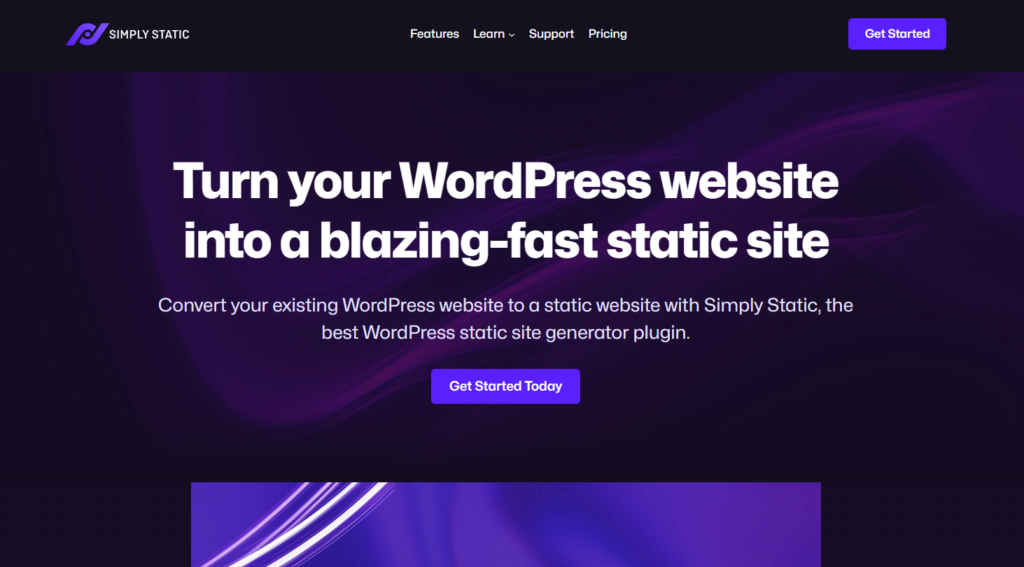
How to build or convert to a static website
There are several ways to build or convert to a static website. You can either:
- Code it manually from scratch. This requires expert knowledge in HTML, CSS, and JavaScript (or a front-end framework like Angular).
- Combine a headless content management system (CMS) with static site generators. You also need some programming experience for this.
- Create a WordPress site and make it static using the plugin Simply Static.
Of the three, building a static site with WordPress and Simply Static is the easiest. It requires only a few simple steps and no coding knowledge.
Run fast, secure, and maintenance-free WordPress with Static Studio.
What is Simply Static?
Simply Static is a static site generator plugin for WordPress. It is the tool to help you make your WordPress site lightning fast and seamlessly scalable by making it static. It allows you to do all this easily in a single click.
Whether you’re creating your WordPress site from scratch or you have a pre-existing one, you can make it static with Simply Static. This plugin will instantly generate static copies of your site’s files and make them available for export.
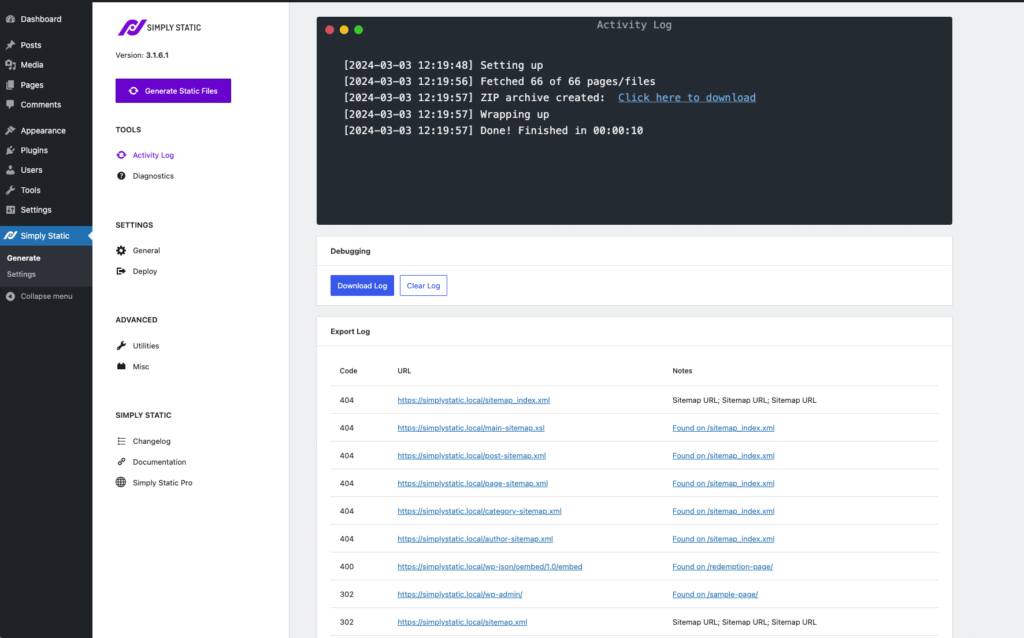
The benefits of using Simply Static to create your scalable static site
Simply Static is the best static site generator plugin for WordPress. Here are a few reasons why.
You can make your WordPress site static effortlessly
In just one click, you’ll be able to convert your WordPress website to a static site. Simply Static does all the heavy lifting for you. Plus, you’ll do this from a modern, React-based UI. There is no hassle of working on the terminal.
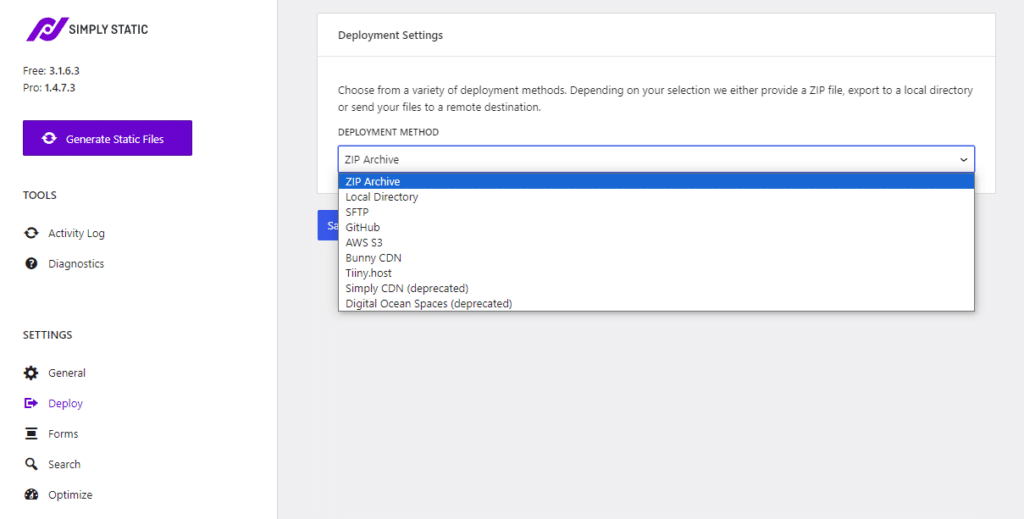
You can deploy your static site anywhere you want
Once Simply Static generates your static site, you can deploy it anywhere. This includes low-cost and free platforms like GitHub pages and more advanced ones like Amazon S3 from AWS.
You can deploy your site on CDNs to scale globally. This includes Simply Static’s CDN solution, Simply CDN. The choice is yours.

Easy site updates
Static sites are often criticized for being difficult to update. But with Simply Static Pro, updating your static site is as easy as it gets. You can update single posts, pages, or multiple pages at once. All you have to do is line up the URLs of the pages you want to update, and Simply Static will export them for you.
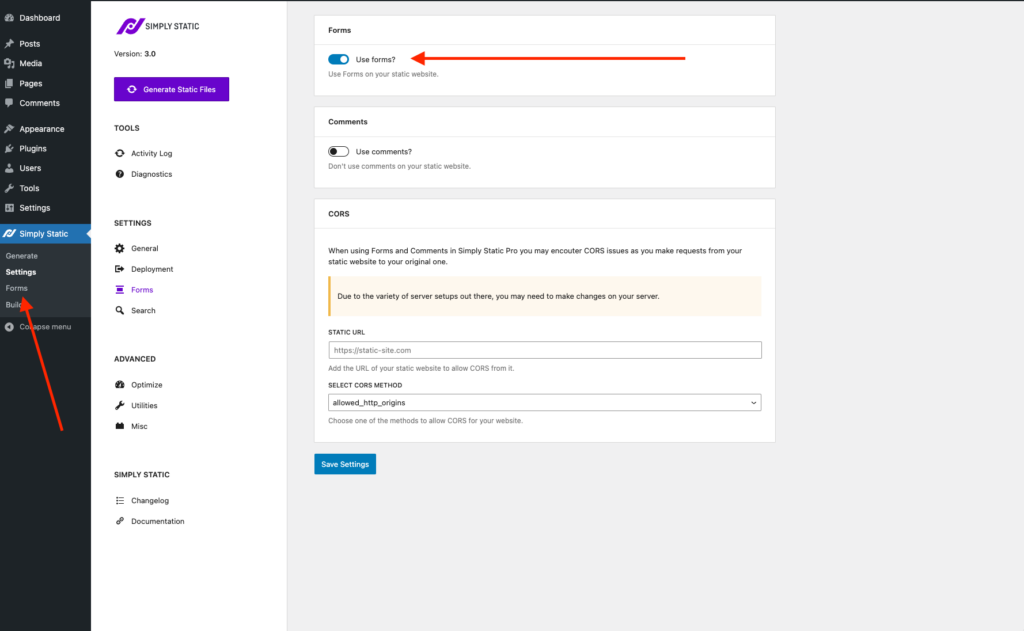
Use dynamic features in your static website
Even if your site is static, you still want users to interact with it. Simply Static PRO ensures that your site remains interactive despite being static. It allows you to use dynamic features such as:
Search
You can use search libraries such as Fuse.js (simple search) and Algolia (advanced search) to allow users to search through your content.
Forms
Simply Static integrates with popular contact form plugins such as Contact Form 7 and Gravity Forms. This allows you to seamlessly add forms to your static site and collect data from them.
Comments
Let’s say you have a blog website, and you want readers to leave their thoughts in the comment section. By default, static sites can’t handle comments, but Simply Static has a special way of doing it. When a user leaves a comment, it will export a new version of the static page containing the comment.
Simply Static integrates with popular SEO plugins, page builders, and other tools, so you don’t have to abandon your favorite tools to accommodate it.
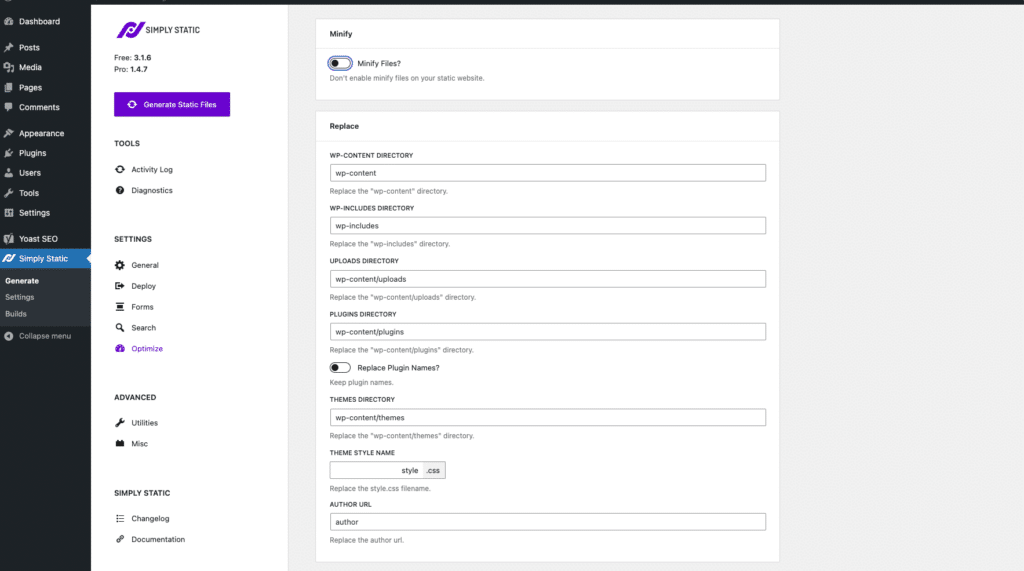
How to create a static WordPress site with Simply Static
How you go about creating a static WordPress site with Simply Static depends on whether you’re doing it from scratch or you want to convert a pre-existing website.
If you’re doing it from scratch, you’ll need to:
- Get a domain name.
- Get WordPress hosting.
- Install WordPress.
- Add your site’s content and customize it.
Once you’re satisfied with what your site looks like, install the Simply Static plugin and convert your WordPress site into a static site with one click.
This summarizes what you’ll need to do. For more in-depth steps, see our How to Build a Static Site guide.
Create your scalable website today
A scalable website is a critical investment in planning your website’s future growth. However, building a scalable website can get complex and expensive when you have a dynamic website.
The alternative? Create a WordPress website and convert it to a static site with the plugin Simply Static.
This is the best static site generator plugin for WordPress. It can make your WordPress site static, but you’ll retain dynamic features such as forms, comments, and search, which make your site interactive.
Build your scalable website easily and without spending too much with the WordPress plugin Simply Static.
Run fast, secure, and maintenance-free WordPress with Static Studio.

